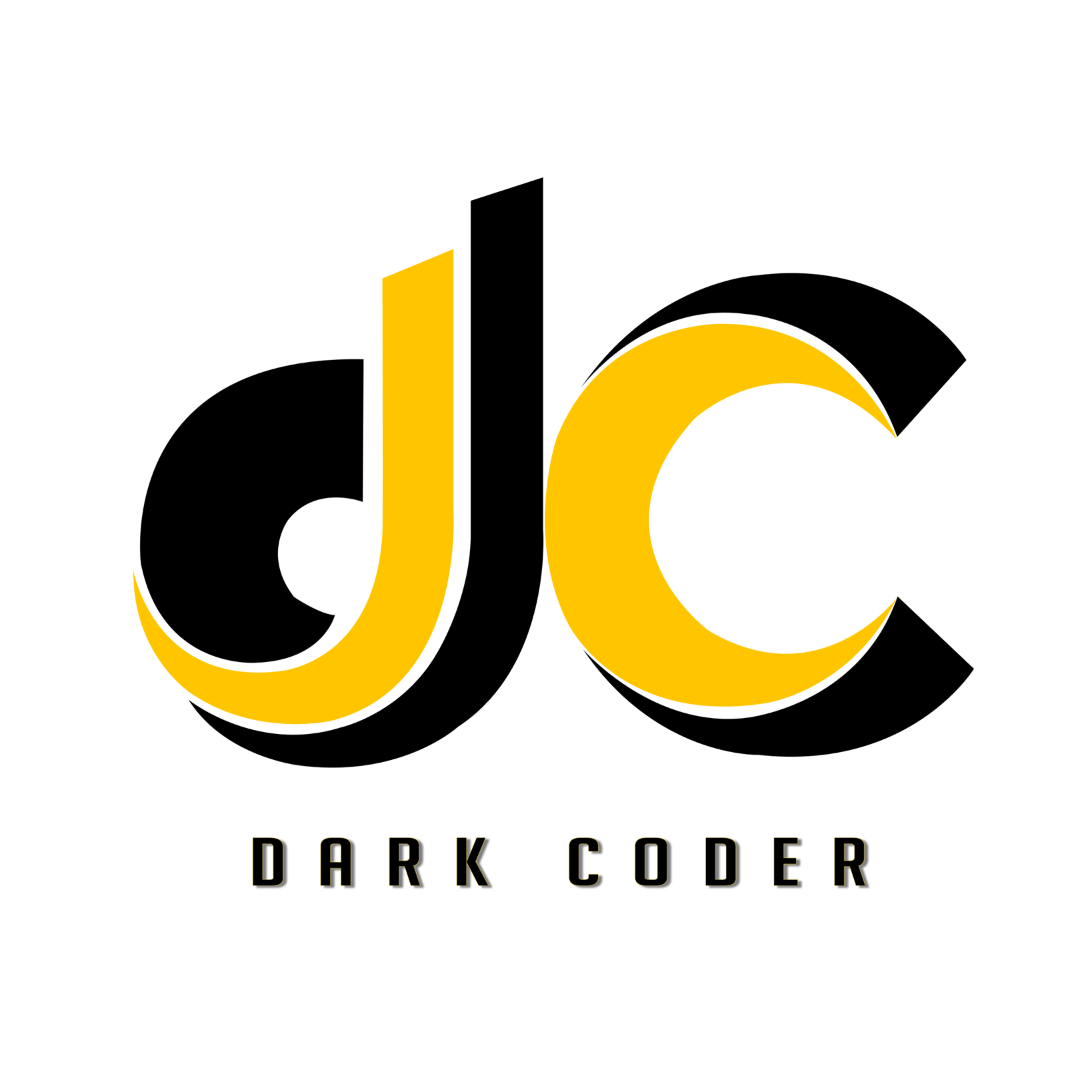
Blockchain technology, originally designed as the underlying infrastructure for Bitcoin, has rapidly evolved and diversified, impacting multiple industries worldwide. Over the past decade, blockchain has become a cornerstone for various sectors beyond finance, including supply chain management, healthcare, gaming, and governmental services. Below, we explore the key global trends shaping the development of blockchain technology.
1. DeFi (Decentralized Finance) Expansion
Decentralized finance, or DeFi, is one of the fastest-growing sectors within the blockchain ecosystem. DeFi refers to financial systems built on blockchain platforms that operate without traditional intermediaries such as banks or brokerages. These systems allow users to lend, borrow, trade, and earn interest on digital assets through decentralized platforms.
- Ethereum remains the dominant blockchain platform for DeFi projects, with platforms like Aave, Uniswap, and MakerDAO leading the way.
- The growth of layer-2 solutions such as Polygon and Arbitrum is also significant, as they enhance scalability and reduce transaction fees, making DeFi more accessible.
2. Adoption of Central Bank Digital Currencies (CBDCs)
Governments and central banks worldwide are increasingly exploring and developing Central Bank Digital Currencies (CBDCs). These digital currencies are a direct response to the growth of cryptocurrencies and aim to provide a secure, regulated alternative. Countries like China, with its digital yuan, and Sweden, with the e-krona, are at the forefront of CBDC development.
- The European Central Bank and the Federal Reserve of the United States are also in the exploratory stages of developing their own digital currencies. This trend signifies the increasing intersection of traditional financial systems with blockchain technology.
3. Non-Fungible Tokens (NFTs) and the Digital Art Revolution
Non-fungible tokens (NFTs) have taken the art and entertainment industries by storm. Unlike cryptocurrencies, NFTs represent unique digital assets, such as art, music, or virtual real estate. NFTs are typically traded on platforms like Ethereum or Solana, and they offer artists and creators new ways to monetize their work by providing proof of ownership and authenticity.
- The most prominent marketplaces for NFTs include OpenSea, Rarible, and Foundation.
- Beyond art, NFTs are increasingly being used in gaming, sports collectibles, and even real estate to represent ownership of digital and physical assets.
4. Blockchain for Supply Chain Management
Blockchain’s ability to create transparent and immutable records makes it highly suitable for supply chain management. By leveraging blockchain, companies can track products from their origin to the end consumer, ensuring data accuracy and enhancing trust.
- Major corporations such as Walmart, Nestlé, and IBM are implementing blockchain in their supply chain processes to improve transparency and traceability. IBM’s Food Trust blockchain, for example, helps track the origin of food products to ensure quality and safety.
5. Interoperability Between Blockchains
One of the main challenges with blockchain is the lack of interoperability between different blockchains. This has led to the development of cross-chain solutions, which allow for seamless transfers of assets and data across different blockchains.
- Polkadot, Cosmos, and Avalanche are leading the charge in creating interoperable blockchain ecosystems that allow decentralized applications (dApps) to work across multiple platforms, increasing their utility and reach.
6. Green Blockchain Initiatives
As environmental concerns rise, blockchain’s high energy consumption, particularly in proof-of-work (PoW) systems like Bitcoin, has come under scrutiny. To address this, many blockchain projects are adopting proof-of-stake (PoS) mechanisms, which are far more energy-efficient.
- Ethereum’s transition to Ethereum 2.0 and its PoS mechanism is a significant step toward reducing the carbon footprint of blockchain technology.
- Algorand and Cardano are other platforms that emphasize environmental sustainability by using PoS and other low-energy consensus mechanisms.
7. Blockchain in Healthcare
Blockchain technology is increasingly being explored in the healthcare sector to secure patient records, ensure data privacy, and improve the transparency of pharmaceutical supply chains.
- Startups like MediLedger and Chronicled use blockchain to track the supply chain of medicines, reducing counterfeit drugs and improving patient safety.
Conclusion: Blockchain’s Expanding Role
The global blockchain landscape continues to evolve rapidly, with innovations in DeFi, CBDCs, NFTs, and cross-chain technology leading the way. As industries adopt blockchain to enhance transparency, security, and efficiency, the technology will become even more integral to the global digital economy. Looking ahead, the focus on sustainability, scalability, and interoperability will drive the next wave of blockchain development, creating even more opportunities for growth across sectors.
